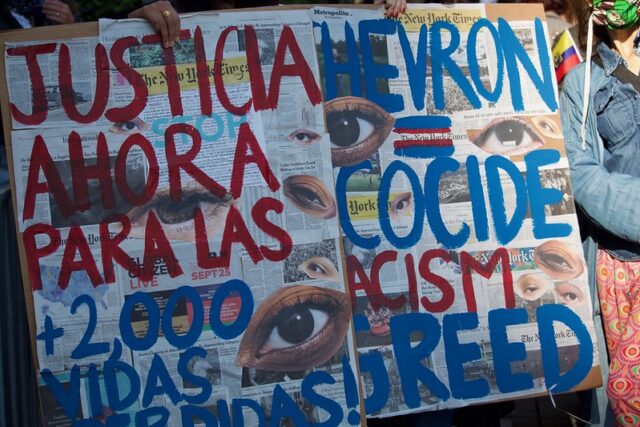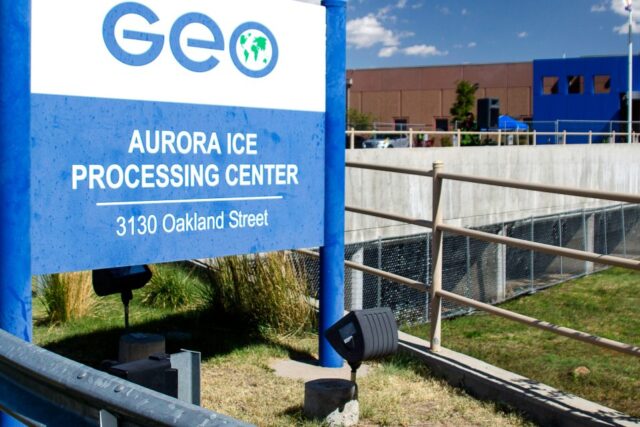Marketplace of Violence: Bidding for Brutality Among Minnesota’s Police
How private companies incentivize public police to prioritize property over people.
Tala Alfoqaha
June 10, 2022
As late spring of 2020 yawned into early summer, as once-frozen lakes lured Minnesota’s beachgoers with siren songs of warmth, as George Floyd gasped for breath while Minneapolis cops killed him slowly, as police precincts burned through the night and rubber bullets abounded off the bodies of protestors, a sort of karmic justice unfolded inside Minneapolis’ formerly-pristine Lake Street Target. Protestors who had been rallying outside of the police precinct across the street began migrating towards the boarded-up retailer, smashing windows and leaving with arms full of merchandise ranging from headphones to baby formula–all while the corporation’s signature red bullseye smiled down on them.
For the next few weeks, images of the scene ripped through the national news cycle. “A Minneapolis Target store was destroyed by looting this week,” began one article. “When the looting starts, the shooting starts,” proclaimed another Presidential tweet. Pundits called protestors “scum,” or accused them of “destroying Minneapolis.”Over 200 Targets across the country closed or limited their hours. Minnesota Governor Tim Walz called in the national guard. In every mainstream account, Target’s shelves played the hapless victims of rioters’ indiscriminate rage. The national retailer’s own culpability in fomenting that rage remained, unsurprisingly, untouched.
Miles north and nearly 12 months later, water protectors gathered in rural Minnesota under the full weight of the summer sun to struggle against another injustice—this time, against the construction of Enbridge’s Line 3 Pipeline, a massive environmental hazard that snaked greedily through treaty-protected Anishinaabe lands. A Department of Homeland Security helicopter hovered overhead and, like Icarus caught in reverse, inched dangerously closer to protestors on the ground, whipping up wind and pummeling demonstrators with debris. Enbridge denied any responsibility. In other instances of brutality against protestors, a trail of police invoices led directly to it. Pipeline construction pressed on.
Before proceeding, a quick incursion into theory: “Every state is based in force,” or so wrote 19th-century political theorist Max Weber. In modern states, force wielded by private individuals–such as protestors breaking the windows of a major discount retailer to express outrage at decades of racial subjugation–is regarded as inherently illegitimate. Instead, citizens are expected to delegate the coercive power of violence to the state–such as cops spraying people with rubber bullets and filling their lungs with teargas–which pledges (key word: pledges) to dole it justly in pursuit of stability and security. This exclusive right to force is otherwise known as the state’s monopoly on legitimate–or, perhaps more accurately, legitimated–violence.
But what happens when this monopoly on violence, deeply problematic in its own right, becomes a marketplace of violence?
But what happens when this monopoly on violence, deeply problematic in its own right, becomes a marketplace of violence? Target’s SafeZone and Enbridge’s Line 3 Pipeline, two corporate projects housed in the comfortably liberal state of Minnesota, illuminate the alarming phenomenon gaining traction across the globe where state violence is being auctioned off to the highest bidder.



